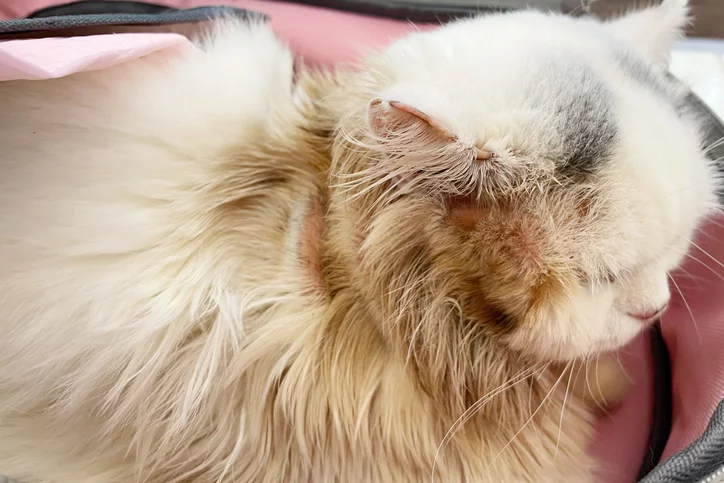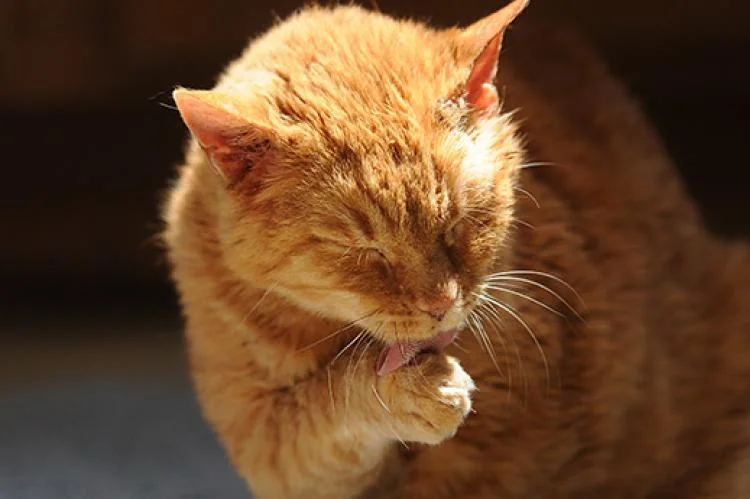
Many people suffer from hair loss, but few people know that baldness is also common in cats. From flea bites to hormonal imbalances to chronic over-grooming, a variety of underlying causes can cause your cat’s hairline to be removed. Hair loss can also be a symptom of more serious problems in cats, but fortunately there are treatments for most of its causes.

Known as alopecia, baldness can be partial or complete in our feline friends. The skin under your cat’s hairline may look normal or show signs of irritation such as redness, bumps, crusts, and lesions. With so many variations, it can be difficult to diagnose the underlying cause of your cat’s alopecia, especially given the multitude of possible problems. Some animals are allergic to flea bites, for example, while others lose their fur due to parasites that cause problems with scabies or fungi such as ringworm. Hormonal imbalances such as hyperthyroidism or elevated steroid levels can play a role in feline baldness, and alopecia can also be a sign of a behavioral problem if anxiety is overexerting your pet. Older cats diagnosed with cancer also often lose their hair, and some cats, like humans, simply become bald due to genetics. Whatever the cause of the loss of your cat’s fur, it is important to identify the problem. Small red spots usually indicate allergies, while thinning the coat at the end of your cat’s tail may indicate a reaction to scabies or fleas. Ringworm, on the other hand, can leave your cat smaller red circles with a white center. Regardless of the source, most of the underlying causes of hair loss also cause itching and scratching in our pets, which can lead to more serious infections.

If necessary, seek help from your veterinarian to diagnose your cat. He can do blood tests to see if Kitty’s baldness is due to hormonal or thyroid imbalances, or take a skin sample to see if your cat is losing its coat due to dermatological problems. To eliminate cancer or abnormalities of the adrenal glands, your veterinarian may use X-rays and ultrasound. Depending on the diagnosis, your cat may need a new preventative flea treatment, medication, or topical treatment to relieve her symptoms. Other possible solutions are changing the diet of your cats or even testing new detergents, detergents or other household products to rule out allergies as the cause of your pet’s problems. If your cat’s hair loss is due to a behavior problem, you should work to reduce your stress and seek help from a behavior specialist.

While there is no foolproof way to prevent hair loss in cats, keeping an eye on your pet can help treat the symptoms before they get worse. If you notice that your cat scratches one area more than others, pay attention to this area and seek veterinary help if necessary. You can also temporarily relieve the itching with the prescribed topical treatments while you get to the bottom of your cat’s hair loss problems.
